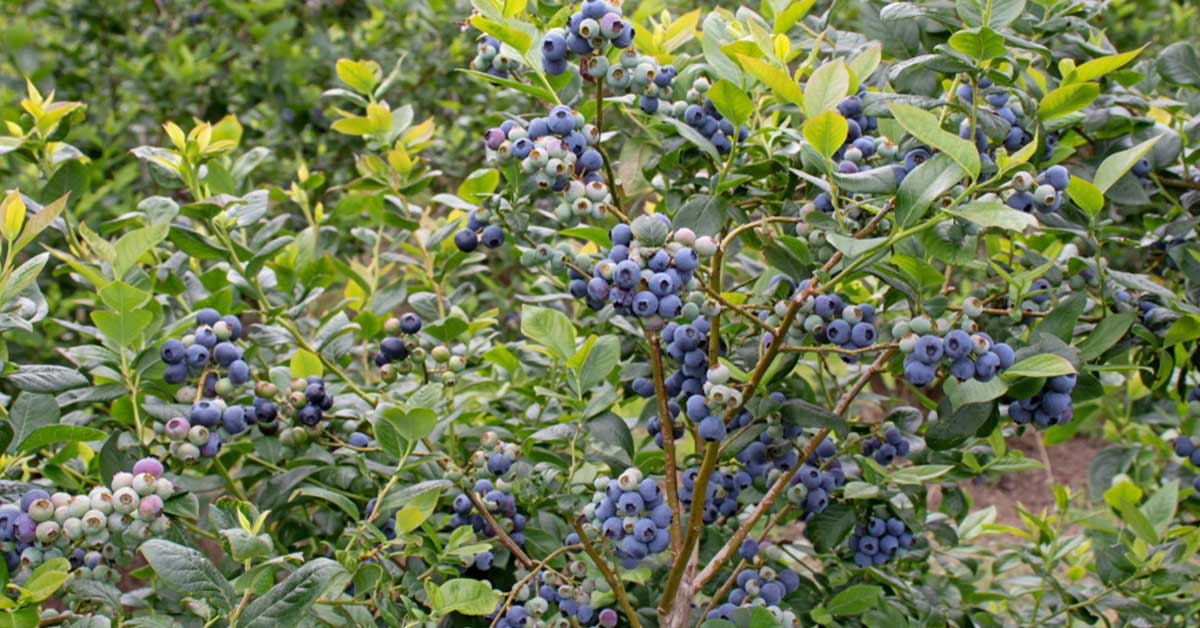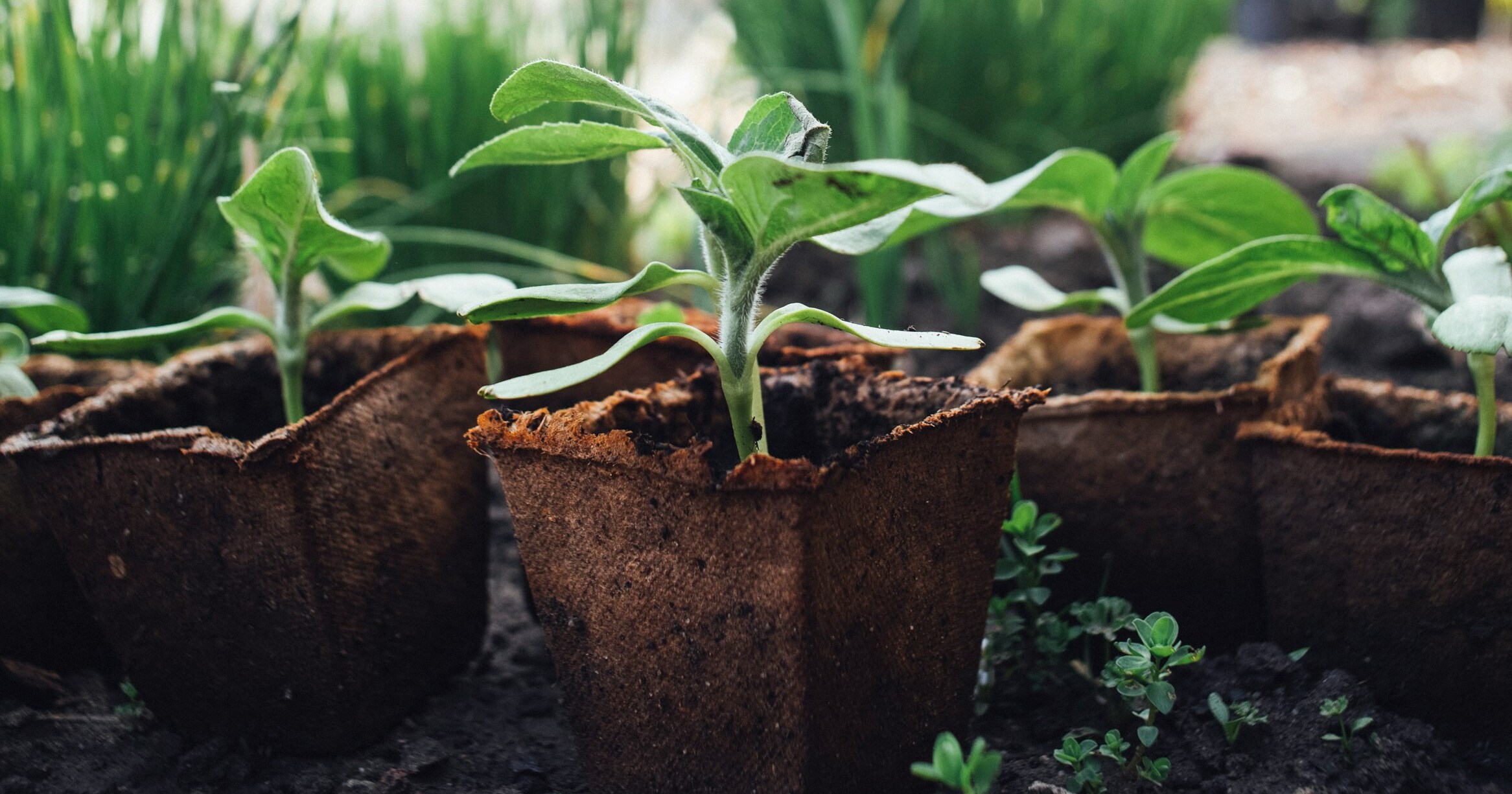With its vibrant blue color, exceptional flavor, and numerous health benefits, the Aurora Blueberry is a must-have addition to any home garden.
Growing your own fruits and vegetables can be a rewarding and fulfilling experience, especially when it comes to cultivating unique and delicious varieties.
In this article, we will delve into the art of growing Aurora Blueberries, exploring the ideal conditions, care tips, and harvesting techniques to ensure a bountiful and successful crop.
What is an Aurora Blueberry?
The Aurora Blueberry, scientifically known as Vaccinium corymbosum ‘Aurora,’ is a variety of blueberry that is renowned for its exceptional flavor and striking appearance. It is a member of the Ericaceae family and is native to North America. The plant is a deciduous shrub that typically grows up to 5-7 feet tall and produces abundant clusters of delicious berries.
One of the key features that set the Aurora Blueberry apart from other varieties is its vibrant blue skin. The berries are medium to large in size, with a smooth texture and a glossy outer skin that reflects the sunlight, giving it an alluring blue hue. The inner flesh is juicy and sweet, making it a delightful treat for blueberry enthusiasts.
When it comes to taste, the Aurora Blueberry does not disappoint. These berries have a unique flavor profile that combines the perfect balance of sweetness and tartness. The sweetness is reminiscent of ripe summer berries, while the subtle tartness adds a refreshing zing to each bite. This harmonious blend creates a flavor explosion that is both satisfying and addictive.
Not only are Aurora Blueberries a delectable treat, but they also offer numerous health benefits. These berries are low in calories and packed with essential nutrients. They are an excellent source of vitamin C, vitamin K, and dietary fiber. Additionally, Aurora Blueberries are rich in antioxidants, which help protect the body against harmful free radicals and promote overall well-being.
Due to their exceptional flavor, Aurora Blueberries can be used in various culinary applications. They are perfect for snacking on their own, adding to smoothies, incorporating into baked goods like muffins and pies, or even being used as a topping for pancakes and yogurt. The possibilities are endless, and their versatility in the kitchen makes them a favorite among chefs and home cooks alike.
What does Aurora Blueberry taste like?
When it comes to describing the taste of the Aurora Blueberry, prepare yourself for a burst of sweet and tangy flavors that will leave your taste buds craving for more. The Aurora Blueberry is known for its unique combination of sweetness and tartness, making it a delightful treat for those who appreciate a balance of flavors.
The first thing you will notice when biting into an Aurora Blueberry is its natural sweetness. The berries are plump and juicy, with a hint of sugar that adds a delightful sweetness to each bite. This sweetness is not overpowering but rather perfectly balanced, allowing you to enjoy the natural sweetness of the fruit without feeling overwhelmed.
Alongside the sweetness, you will also experience a subtle tanginess that gives the Aurora Blueberry its distinct flavor profile. This tartness provides a refreshing zing that cuts through the sweetness and adds a touch of complexity to the overall taste. It is this combination of sweet and tangy flavors that sets the Aurora Blueberry apart from other blueberry varieties.
Furthermore, the Aurora Blueberry offers a pleasant texture that enhances the overall eating experience. The skin of the berry is smooth, while the flesh is tender and juicy. This combination creates a delightful mouthfeel that adds to the enjoyment of eating these delicious berries.
Whether you eat them fresh on their own, incorporate them into your favorite recipes, or use them to top off your morning cereal or yogurt, the taste of Aurora Blueberries is sure to impress. Their natural sweetness and tanginess make them a versatile ingredient that can be enjoyed in various ways.
The Aurora Blueberry is a true delight for the taste buds. Its perfect balance of sweetness and tanginess, along with its pleasant texture, make it a favorite among berry enthusiasts. So, next time you come across these beautiful blueberries, be sure to indulge in their unique and delicious flavor.
How to start from seed
Growing your own Aurora Blueberries from seed can be a rewarding and fulfilling experience. Not only do you get to witness the entire growth process, but you also have the satisfaction of enjoying delicious and nutritious blueberries straight from your garden.
- Choose the Right Seeds:
Selecting high-quality Aurora Blueberry seeds is crucial for successful germination. Look for reputable seed suppliers or nurseries that specialize in blueberry varieties. Consider factors like disease resistance, flavor, and growth habits when choosing your seeds. - Prepare the Seed Starting Mix:
Fill your seed trays or small pots with a well-draining seed starting mix. You can also make your own mix by combining equal parts of peat moss, perlite, and vermiculite. Ensure that the mix is moist but not waterlogged. - Sow the Seeds:
Gently press the Aurora Blueberry seeds into the surface of the seed starting mix, about ¼ inch deep. Space the seeds evenly, leaving enough room for each seedling to grow. Lightly cover the seeds with a thin layer of the mix. - Mist the Soil:
Using a spray bottle or a watering can with a fine nozzle, mist the soil surface to ensure it is evenly moist. Avoid overwatering, as excessive moisture can lead to fungal diseases. Cover the seed trays or pots with clear plastic wrap or a humidity dome to create a greenhouse-like environment. - Create Ideal Germination Conditions:
Place the trays or pots in a warm and bright location, away from direct sunlight. Maintaining a temperature between 70-75°F (21-24°C) is ideal for germination. If you don’t have a warm spot, consider using a heat mat to provide consistent warmth. - Provide Good Air Circulation:
To prevent the growth of mold or fungus, remove the plastic wrap or humidity dome for a few hours each day to allow for air circulation. This will help keep the soil surface dry and discourage damp conditions. - Be Patient:
Aurora Blueberry seeds can take anywhere from 2-12 weeks to germinate, so patience is key. Check the soil moisture regularly and mist as needed to keep it consistently moist. - Transplanting Seedlings:
Once the seedlings have developed two sets of true leaves, they are ready to be transplanted into individual pots. Carefully lift the seedlings from the trays, taking care not to damage their delicate roots. Plant each seedling in a larger pot with well-draining soil.
How to grow this fruit in your garden
These berries are not only incredibly flavorful but also visually stunning with their vibrant blue hue. We will guide you through the process of growing your very own Aurora Blueberry plants.
Choosing the Right Location:
Before you start planting your Aurora Blueberry bushes, it’s essential to select the right location for optimal growth. These plants thrive in acidic soil with a pH level between 4.5 and 5.5. Ensure that the area receives full sun for at least six hours a day, as this will help the plants produce abundant fruit. If you live in a region with hot summers, it is advisable to provide some afternoon shade to protect the plants from excessive heat.
Preparing the Soil:
Aurora Blueberries prefer well-draining soil that is rich in organic matter. Begin by removing any weeds or grass from the planting area. Dig a hole that is twice as wide and slightly deeper than the root ball of your plant. Incorporate generous amounts of organic matter such as compost or peat moss into the soil to improve drainage and fertility. This will provide the blueberry plants with the necessary nutrients for healthy growth.
Planting the Aurora Blueberry:
Once the soil is prepared, it’s time to plant your Aurora Blueberry bushes. Carefully remove the plants from their containers and gently loosen the roots. Place the root ball in the prepared hole, ensuring that the top of the root ball is level with the soil surface. Backfill the hole with the amended soil, gently firming it around the plant. Water the newly planted blueberry thoroughly to settle the soil and eliminate any air pockets.
Watering and Fertilizing:
Proper watering is crucial for the successful growth of Aurora Blueberries. These plants require consistent moisture, especially during the fruiting season. Aim to keep the soil evenly moist but not waterlogged. Mulching around the base of the plants with a layer of organic material will help retain soil moisture and suppress weeds.
Fertilizing is also important for promoting healthy growth and bountiful fruit production. Apply a balanced slow-release fertilizer specifically formulated for acid-loving plants in early spring and again after the fruit has set. Be sure to follow the manufacturer’s instructions for application rates.
Pruning and Maintenance:
To maintain the health and productivity of your Aurora Blueberry plants, regular pruning is necessary. Prune during late winter or early spring when the plants are still dormant. Remove any dead, damaged, or diseased branches, as well as any weak or crossing branches. This will help improve air circulation and sunlight penetration, leading to better fruit quality.
Additionally, be on the lookout for pests and diseases that may affect your blueberry plants, such as aphids, mites, or fungal infections. Regularly inspect the plants, and if any issues arise, promptly take appropriate measures to control them.
Harvesting:
With proper care and maintenance, your Aurora Blueberry bushes will reward you with an abundant harvest of delicious, sweet berries. The fruits will start ripening in mid to late summer, depending on your location and climate. Harvest the berries when they are fully colored and easily detach from the stem with a slight tug. Enjoy them fresh off the bush, or use them in a variety of culinary delights, such as pies, jams, or smoothies.
In conclusion, growing Aurora Blueberries can be a rewarding and enjoyable experience. By following the steps outlined in this blog section, you can successfully cultivate these beautiful and tasty berries in your own backyard. So, get started today and savor the satisfaction of growing your very own Aurora Blueberries!













